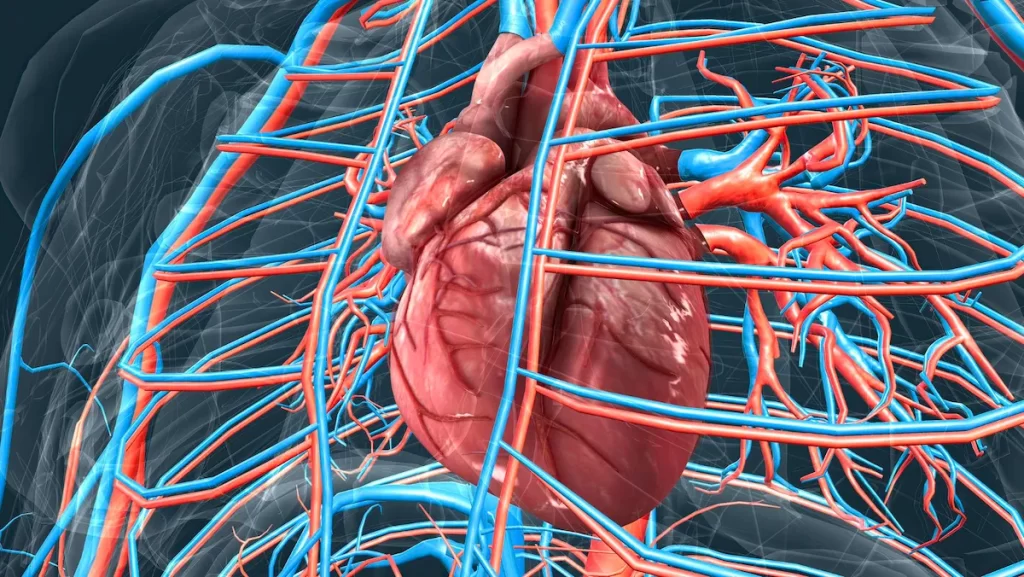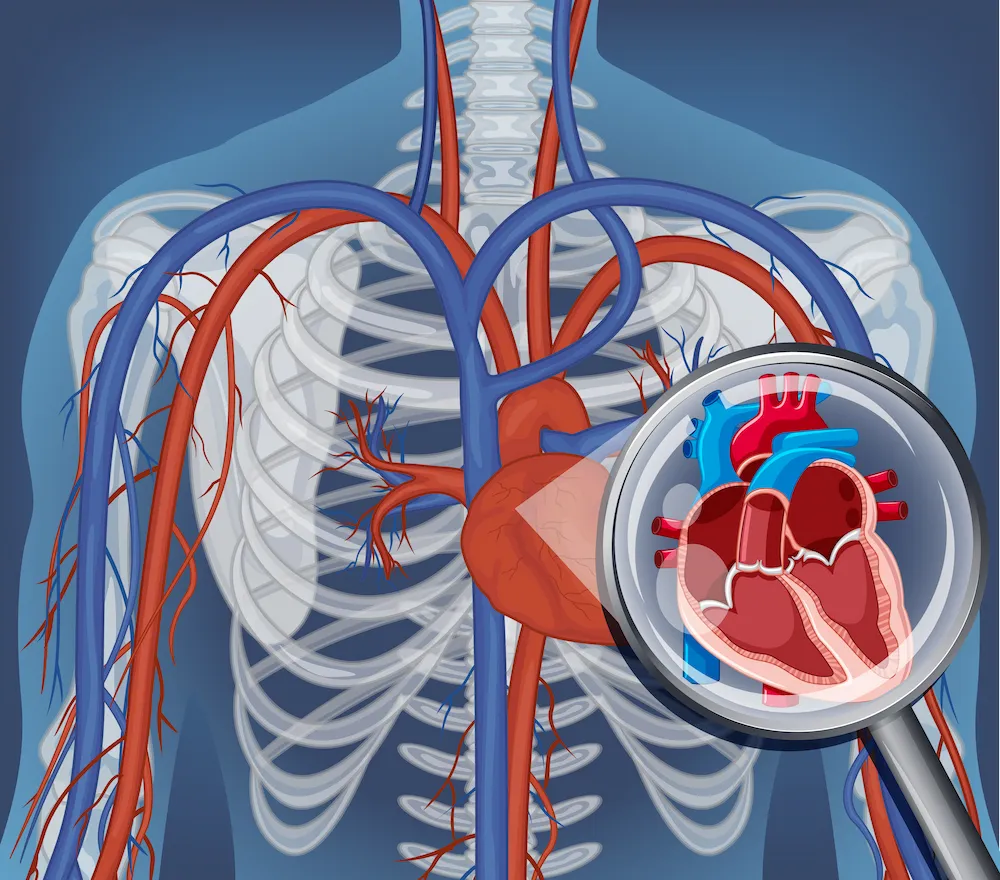
Coronary Artery Bypass Graft (CABG), commonly referred to as bypass surgery, is a vital cardiac procedure that addresses blockages in the coronary arteries. It involves creating alternative pathways for blood to flow to the heart muscle when the natural arteries are obstructed. This surgical intervention is a lifeline for individuals suffering from coronary artery disease, and it significantly improves heart health and overall well-being.

Procedure
Why Choose
During CABG, a surgeon takes blood vessels from other parts of the body (often the leg or chest) and uses them to create bypass grafts. These grafts are skillfully attached to the coronary arteries, allowing blood to flow around the blockages. This procedure helps improve blood circulation to the heart, alleviating chest pain (angina), reducing the risk of heart attacks, and enhancing overall cardiac function.
Coronary artery disease, marked by the accumulation of plaque in the coronary arteries, can lead to reduced blood flow to the heart. CABG is recommended for various reasons:
The CABG procedure is typically performed under general anesthesia. It involves making an incision in the chest, opening the ribcage, and connecting the grafts to the coronary arteries. The number of grafts required depends on the extent and location of the blockages.
After the grafts are securely in place, the heart is restarted, and the chest is closed. Patients are closely monitored during recovery to ensure a successful outcome.
Recovery time varies from patient to patient, but most individuals can expect to spend several days in the hospital and several weeks at home before returning to normal activities. Full recovery may take a few months.
Like any surgery, CABG has risks. These can include infection, bleeding, stroke, and complications related to anesthesia. Your healthcare team will provide information and monitor your progress to minimize risks.
Yes, in some cases, CABG can be performed as an emergency procedure, especially if the patient is experiencing a heart attack. It’s essential to seek immediate medical attention if you have symptoms of a heart attack.
The Madras Medical Mission is an organization inspired by the missionary zeal of Bishop Zachariah Mar Dionysius, Metropolitan of the Madras Diocese of the Orthodox Church of India.
Copyright © 2026 MMM Hospital. All rights reserved.
© Designed and Developed By Cloudstar Digital